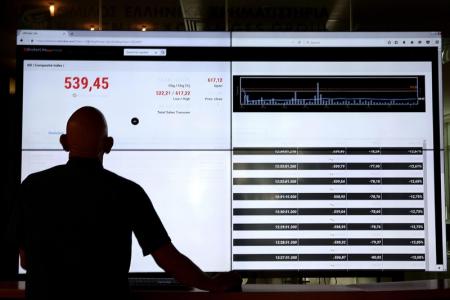Entergy Corp. settles SEC internal accounting controls violation for $12 million
2024.12.20 08:57

Investing.com — The Securities and Exchange Commission (SEC) has announced that Louisiana-based utility company, Entergy Corporation (NYSE:), has agreed to pay a $12 million civil penalty. This comes as a settlement for charges that the company failed to maintain internal accounting controls, leading to inaccuracies in its books and financial statements.
The SEC complaint, filed in the U.S. District Court for the District of Columbia, details that from mid-2018 to the present, Entergy included materials and supplies at their average cost as an asset on its balance sheets. The company was reportedly informed by its employees and management consultants that this asset included a substantial amount of potential surplus. This surplus includes aged materials and supplies exceeding Entergy’s anticipated future use or the maximum stocking levels deemed necessary by its business units.
The complaint further alleges that Entergy failed to establish a comprehensive process to review these materials and supplies to identify surplus. This process should have also remeasured it, and recorded any differences between its average cost and remeasured cost as an expense, in accordance with generally accepted accounting principles (GAAP).
Sanjay Wadhwa, Acting Director of the SEC’s Division of Enforcement, emphasized the importance of internal accounting controls in ensuring the accuracy and reliability of financial statements. He stated that investors rely on public companies, like Entergy, to ensure that adequate internal accounting controls are in place.
Entergy, without admitting or denying the allegations in the SEC’s complaint, consented to the entry of a final judgment, subject to court approval. This includes being permanently enjoined from violating Sections 13(b)(2)(A) and 13(b)(2)(B) of the Securities Exchange Act of 1934, paying the $12 million civil penalty, and adopting an independent consultant’s recommended improvements to its internal accounting controls.
This article was generated with the support of AI and reviewed by an editor. For more information see our T&C.








